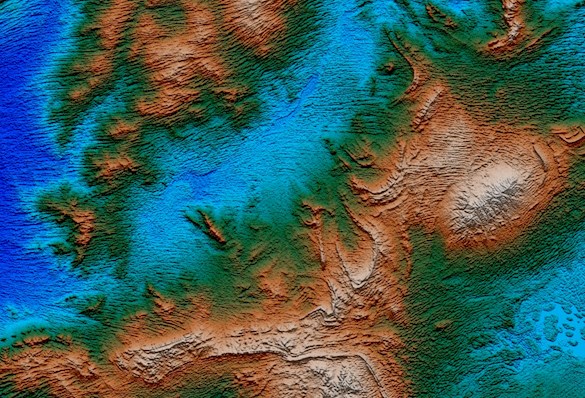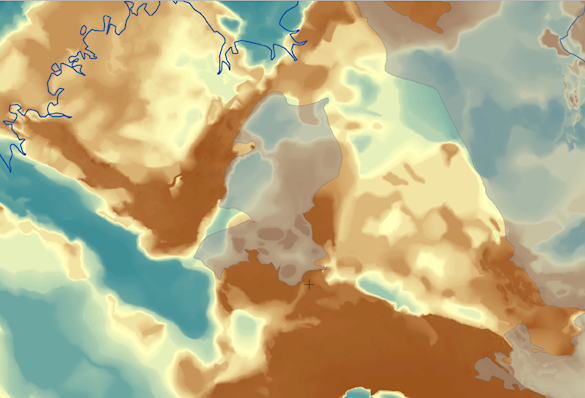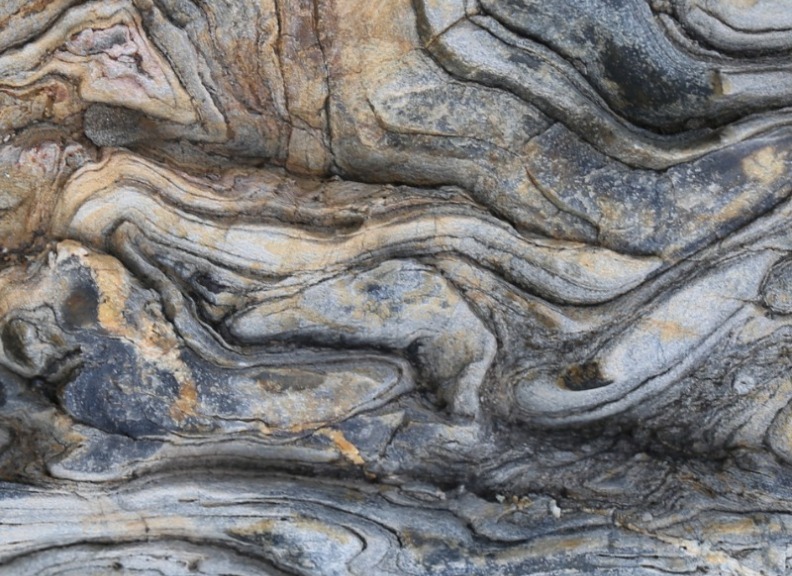
PROJECT
Understanding basin-hosted mineral systems using geophysical datasets
Searching for mineral deposits in sedimentary basins using geophysical datasets
Geophysical data, such as gravity and magnetics, are routinely used to map geology and mineral system components in hard rock environments. Much less work has been done on how to use these methods to map mineral systems in sedimentary basins where the smaller physical contrasts result in subtle geophysical responses. Seismic data, routinely used to map petroleum systems, is far less well understood in terms of responses from component of mineral systems.
An important basin-hosted mineral system is the carbonate-hosted base-metal system. Aspects of this mineral system that need to be better understood from a geophysical perspective include: geophysical signature of dolomitisation fronts, geophysical signature of evaporites in magnetic datasets, geophysical expression of syn-sedimentary structures and associated basement highs, petrophysical properties of mineralisation especially related to seismic properties, geophysical characteristics of post-precipitation flow paths.
Using comprehensive geophysical and petrophysical datasets from the Canning Basin (Western Australia), the Irish Midlands, northern Canada and the Mississippi Valley (USA) a comprehensive characterisation of the carbonate-hosted base metal mineral system is possible.
There are also opportunities to work on other basin-hosted minerals systems, for example the sedimentary copper-cobalt system and the sandstone-type uranium system.
Project goals:
- Better understand geophysical responses from mineral system components comprising the basin-hosted base-metal system
- Develop district-scale geophysical targeting methods for basin-hosted mineral systems
- Understand magnetic and gravity anomalies associated with evaporites and halokenetic structures, early syn-sedimentary faults and basement topography.
As part of this PhD project the successful applicant will:
- Interpret geophysical and geological datasets from sedimentary basins in Western Australia, and elsewhere in the world, known to contain base-metal mineral systems
- Determine which components of the mineral systems can be detected using geophysical methods and understand the characteristics of their geophysical responses.
Suggested readings
- Dentith and Mudge, 2014. Geophysics for the Mineral Exploration Geoscientist. Cambridge University Press.
- Dentith, M.C. and Cowan, D.R., 2011. Using potential field data for petroleum exploration targeting, Amadeus Basin, Australia. Exploration Geophysics, 42, pp 190-198.
- Dentith et al., 2019. Petrophysics and mineral exploration: a workflow for data analysis and a new interpretation framework. Geophysical Prospecting.
- Dentith, M.C., Cowan, D.R. and Tompkins, L.A., 2000. Enhancement of subtle features in aeromagnetic data. Exploration Geophysics 31, pp 104-108.
- Dentith, M. and Cowan, D., 2003. Unconformity-related copper mineralisation on the Stuart Shelf, South Australia: Geophysical responses of mineralisation and the mineralised environment. In: Dentith, M.C., (editor). Geophysical Signatures of South Australian Mineral Deposits. Centre for Global Metallogeny Publication No.31, Australian Society of Exploration Geophysicists Special Publication No.12, pp 197-212.
Research team leader: Professor Mike Dentith
I am a Professor of Geophysics at UWA and senior researcher within the Centre for Exploration Targeting (CET). I have supervised more than 40 Ph.D projects undertaken by students from all over the world. My research interests are in applied geophysics as used in exploration for natural resources. Research will be co-supervised with economic and sedimentary geologists in the CET and School of Earth Sciences.
Collaboration
- External collaborators include - Geological Survey of Western Australia, various mining companies
- Individuals and companies interested in collaborating with this research should contact the research leader by email.
How to Apply
Check criteria
- To be accepted into the Doctor of Philosophy, an applicant must demonstrate they have sufficient background experience in independent supervised research to successfully complete, and provide evidence of English language proficiency
- Requirements specific to this project - Students should have experience in economic geology and the interpretation of geophysical datasets.
Submit enquiry to research team leader
- Contact the research team leader by submitting an Expression of Interest form via the button below
- After you have discussed your project with the research team leader, contact [email protected] to proceed with your application






































